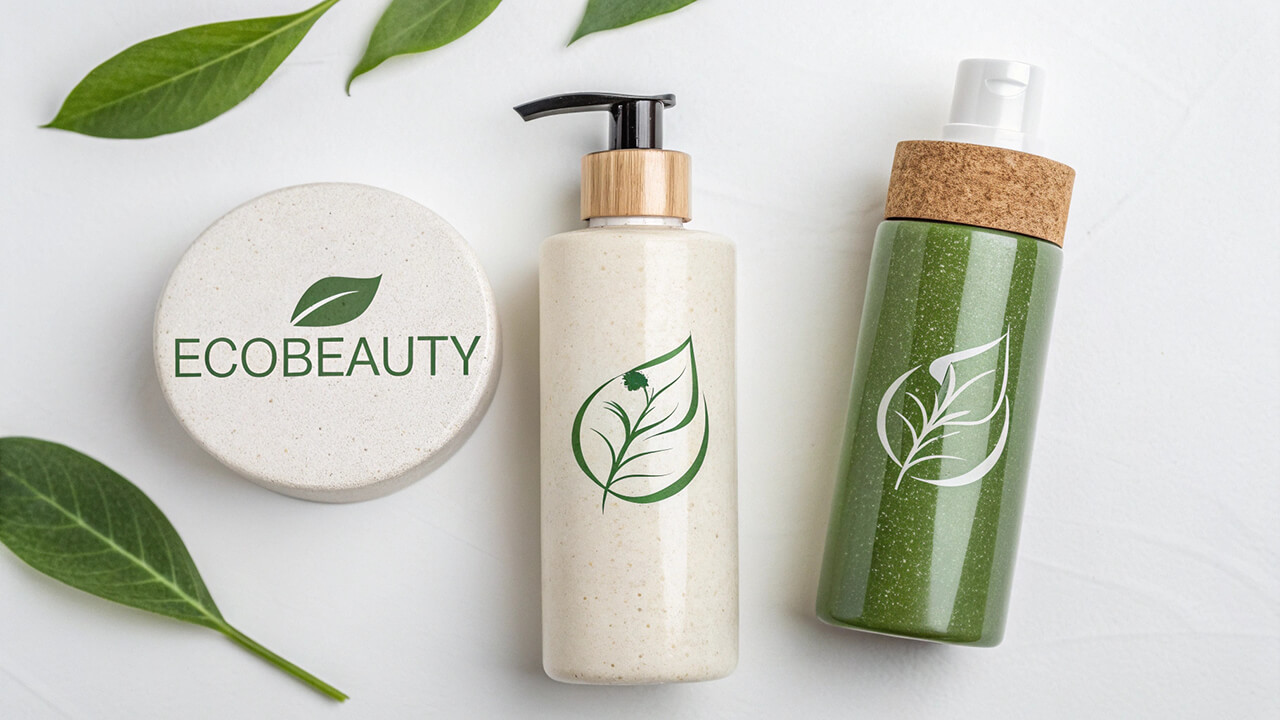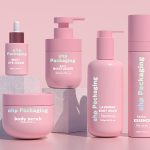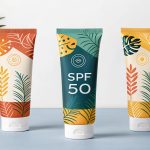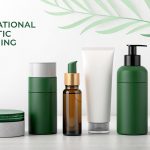As sustainability becomes a top priority for the cosmetics industry, businesses are increasingly seeking ways to reduce costs while minimizing their environmental impact. One solution gaining traction is the use of bio-based packaging materials for cosmetic bottles. Bio-based packaging not only helps reduce production costs but also aligns with growing consumer demand for eco-friendly products. But what exactly are the cost benefits of using bio-based materials for cosmetic packaging bottles?
Bio-based cosmetic packaging bottles offer a cost-effective solution by utilizing renewable materials, which reduce reliance on petroleum-based plastics. Materials like plant-based plastics and biodegradable compounds can lower production costs over time. Additionally, their environmental benefits align with growing consumer demand for sustainable products, leading to long-term savings and improved brand loyalty.
While bio-based packaging offers significant advantages, it also presents challenges that need to be addressed for widespread adoption. In this article, we will delve into the cost benefits, technological advantages, challenges, and market trends surrounding bio-based cosmetic packaging.
Outline
- 1 What Are the Main Cost Benefits of Bio-based Packaging?
- 2 What Are the Key Advantages of Bio-based Cosmetic Packaging?
- 3 What Challenges Do Bio-based Cosmetic Packaging Materials Face?
- 4 How Is the Bio-based Packaging Market Expected to Grow?
- 5 Can Bio-based Packaging Be Cost-competitive with Traditional Plastic?
- 6 Summary
What Are the Main Cost Benefits of Bio-based Packaging?
The primary appeal of bio-based packaging lies in its cost benefits. When compared to traditional petroleum-based plastics, bio-based materials often offer reduced overall production costs. Here are some of the key financial advantages:
- Raw Material Costs: Bio-based packaging materials, such as plant-based plastics (PLA) and biodegradable compounds, use renewable resources like corn, sugarcane, or wood pulp. These raw materials are often more cost-effective to source compared to petroleum-based plastics. Additionally, as production methods improve, the cost of bio-based materials is expected to decrease, making them even more competitive.
- Production Efficiency: The manufacturing process for bio-based packaging materials is becoming more efficient, requiring less energy and reducing overall production costs. This efficiency helps reduce manufacturing overhead, making bio-based materials more attractive from a cost perspective.
- Logistics and Storage Costs: Many bio-based packaging materials are lighter than their petroleum counterparts, reducing transportation costs. Additionally, these materials often have better biodegradability, minimizing storage costs associated with waste disposal in the long run.
As production technologies scale up and efficiency improves, the cost gap between bio-based and traditional packaging is expected to narrow, offering even greater cost savings in the future.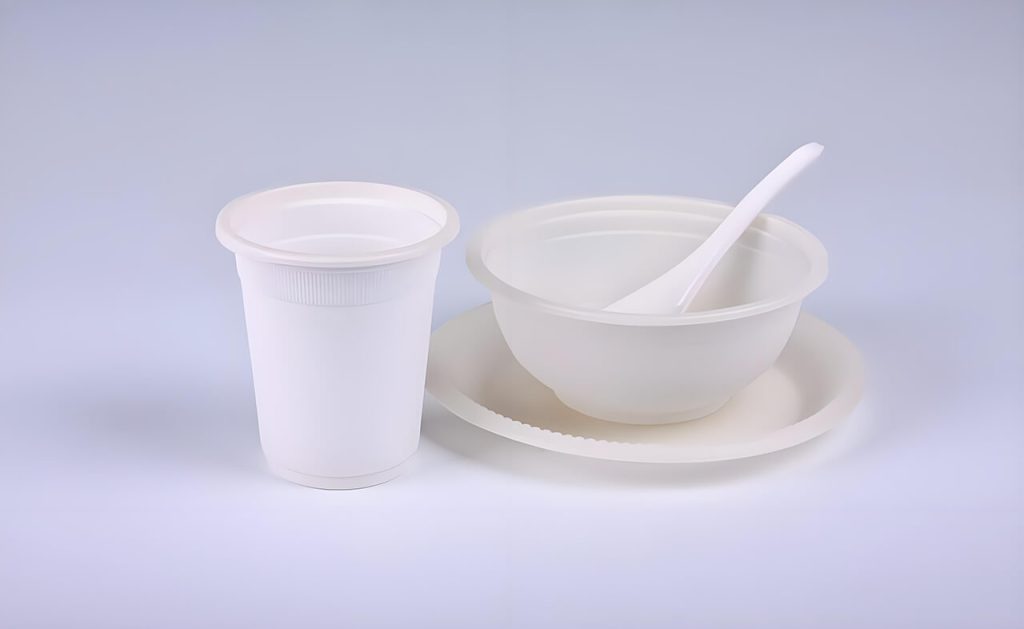
What Are the Key Advantages of Bio-based Cosmetic Packaging?
Bio-based packaging is not just about reducing costs; it also offers a range of significant benefits for brands and consumers alike:
- Environmental and Sustainability Benefits: One of the most compelling reasons to switch to bio-based packaging is its reduced environmental impact. Bio-based materials help reduce the carbon footprint and plastic pollution that are associated with petroleum-based plastics. This aligns with the increasing consumer demand for sustainable and environmentally responsible products.
- Brand Image and Consumer Demand: Consumers are increasingly looking for brands that are committed to sustainability. By adopting bio-based packaging, cosmetic brands can differentiate themselves in a crowded market, building stronger brand loyalty among environmentally-conscious consumers. A report by the Global Data found that 58% of global consumers are willing to pay more for products with sustainable packaging.
- Regulatory Compliance: As governments around the world introduce stricter regulations on plastic use and waste management, bio-based packaging provides an effective solution for compliance. Brands that adopt bio-based materials can avoid potential penalties and remain ahead of regulatory changes in various regions.
What Challenges Do Bio-based Cosmetic Packaging Materials Face?
While the advantages of bio-based packaging are clear, there are several challenges that need to be overcome before it can be widely adopted:
- Production Cost Volatility: The cost of bio-based materials can fluctuate due to the availability of raw materials, such as crops like corn and sugarcane, which are affected by seasonality and climate factors. These price fluctuations can make bio-based materials less predictable for manufacturers.
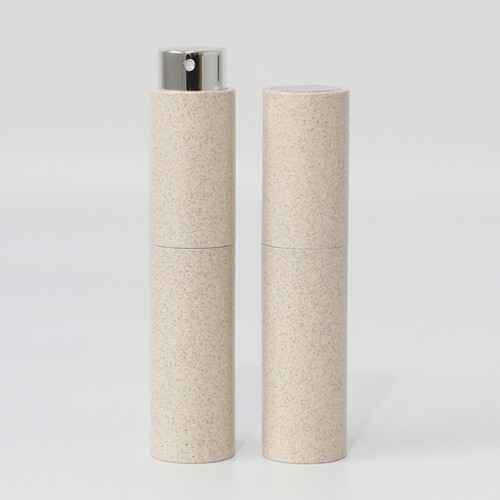
- Technological Limitations: While bio-based packaging materials are improving, there are still some limitations in terms of their strength, durability, and scalability. For example, some bio-based plastics may not be as robust as traditional plastics, which could pose issues for packaging cosmetics that require a high level of protection during shipping and storage.
- Consumer Acceptance: Despite growing awareness of environmental issues, some consumers are still accustomed to traditional plastic packaging. There may be an initial reluctance to embrace bio-based packaging, particularly if it is perceived to be less durable or effective than conventional packaging options.
How Is the Bio-based Packaging Market Expected to Grow?
The bio-based packaging market is expected to experience significant growth over the next decade. According to a report by Market Research Future, the global bio-based packaging market was valued at USD 5.7 billion in 2023 and is projected to reach USD 22.7 billion by 2030, growing at a CAGR of 21.73%. This growth is driven by advancements in technology, a rising demand for sustainable products, and increasing regulatory pressure on plastic use.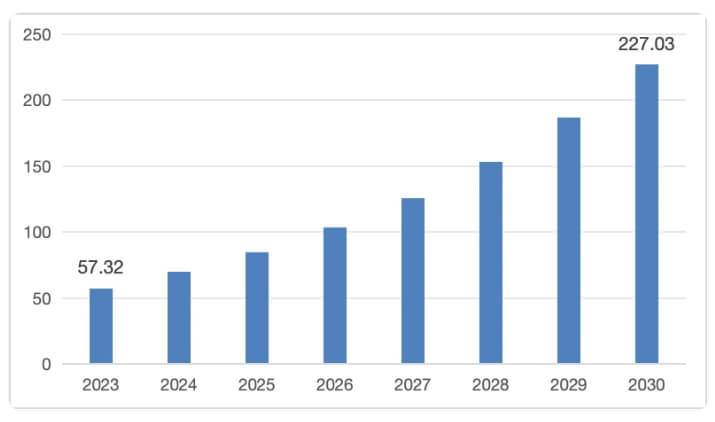
The demand for bio-based packaging is particularly high in industries like cosmetics, food and beverages, and pharmaceuticals, where sustainability is becoming a major selling point. Cosmetic brands, in particular, are expected to increase their adoption of bio-based materials as part of their sustainability strategies, following trends from the broader packaging industry.
Can Bio-based Packaging Be Cost-competitive with Traditional Plastic?
A common question that arises when considering bio-based packaging is whether it can truly compete with traditional plastics in terms of cost. The answer is increasingly “yes.” As production processes become more refined and economies of scale kick in, bio-based materials are expected to become more cost-competitive with petroleum-based plastics.
For instance, the price of bio-based plastics like PLA has already started to fall, and the production process is becoming more energy-efficient. A report by PR Newswire highlights that sustainable packaging, including bio-based materials, is expected to replace petroleum-based products in the coming years, further driving cost reductions.
Summary
With sustainability taking center stage in the cosmetics industry, bio-based cosmetic packaging bottles represent a promising solution that balances cost, environmental impact, and consumer demand. Although there are challenges related to production costs, technological limitations, and consumer acceptance, the long-term benefits of bio-based packaging, coupled with the growing market demand, make it an increasingly viable option for cosmetic brands.
As bio-based packaging continues to evolve and market dynamics shift, adopting these materials can help brands not only improve their bottom line but also strengthen their commitment to sustainability. For brands looking to stay ahead in an increasingly eco-conscious market, investing in bio-based packaging may be the right decision to secure both financial and environmental success.
Explore more about the trends and market data on bio-based packaging to make informed decisions for your brand’s sustainable future.
